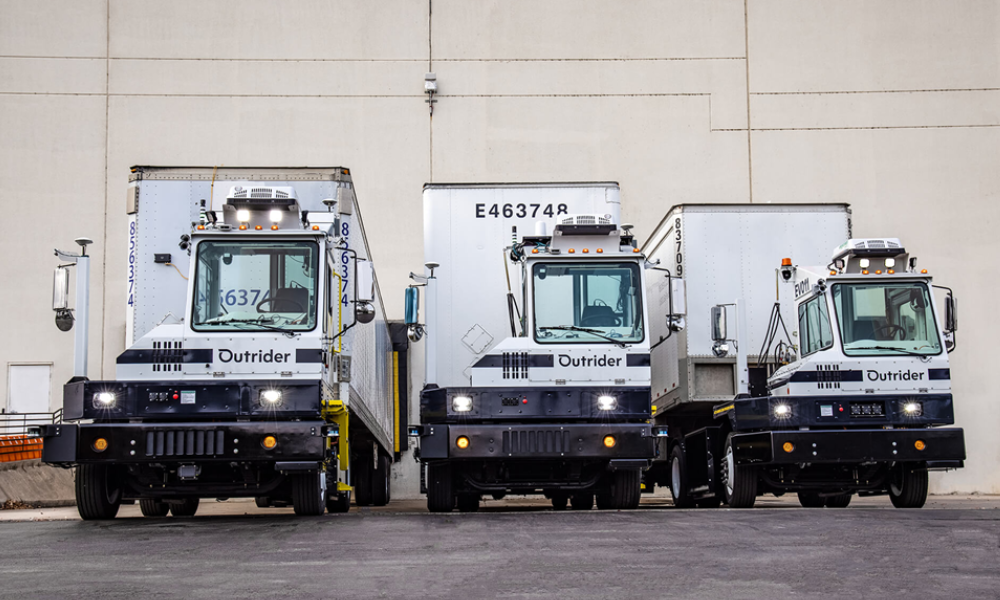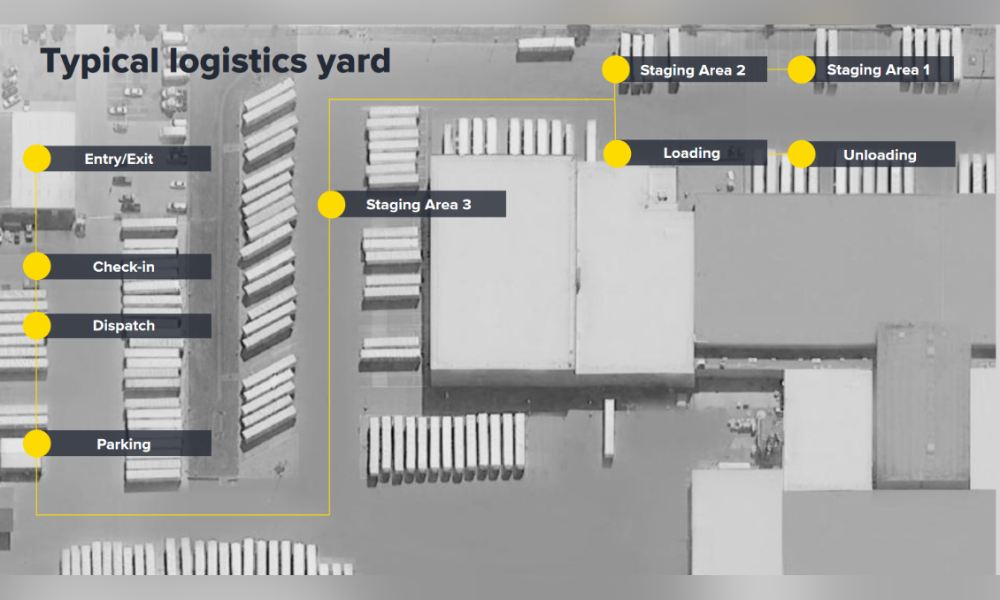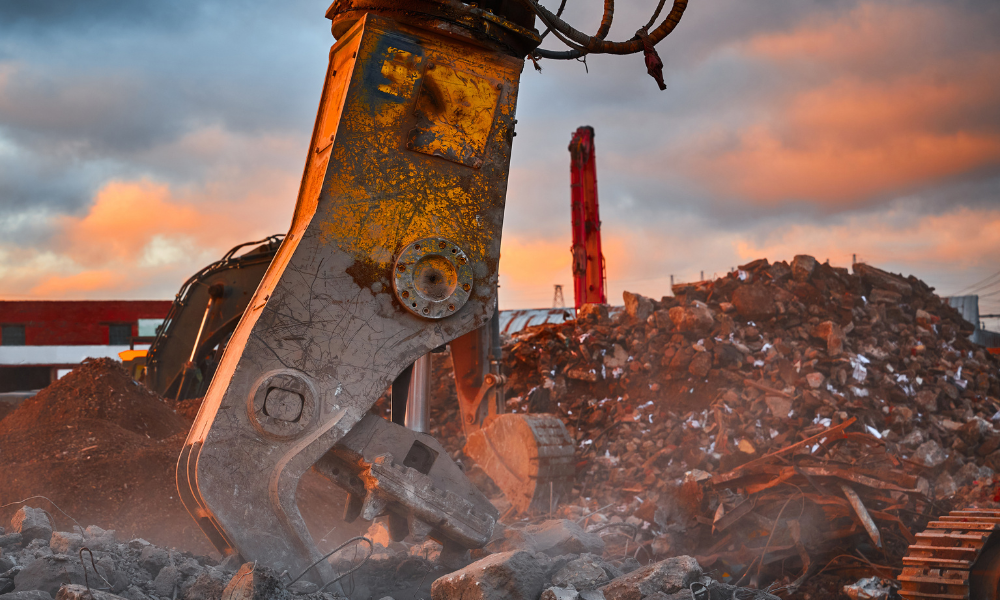How they can help in yards that 'are not human-friendly'

Autonomous electric vehicles are transforming safety practices in supply chains and manufacturing. These innovative technologies, developed by companies like Outrider, aim to reduce human exposure to hazardous environments in distribution yards and increase operational efficiency.
“Yard environments are not human-friendly,” says Londonne Corder, chief marketing officer at Outrider. “You're working around 80,000-pound industrial vehicles in tight spaces, which leads to both human and equipment safety incidents. Our goal is to improve the efficiency and safety of these operations using automation.”
Challenges in yard operations
Distribution yards serve as a critical link between warehouses and over-the-road trucking. In these high-traffic areas, trailers are moved multiple times daily by yard trucks. The repetitive nature of these tasks and the inhospitable conditions—such as long hours, extreme weather, and exposure to emissions—create a dangerous work environment.

(Figure 1)
The image above shows what a typical logistics facility layout looks like and illustrates the complexity of yard operations. The diagram displays various stages, including check-in, entry/exit, parking, and loading/unloading areas, where safety incidents commonly occur due to the constant movement of large vehicles and equipment.
Automation and safety improvements
Outrider addresses these challenges by converting electric vehicle platforms from original equipment manufacturers (OEMs) into autonomous vehicles. These vehicles perform the same tasks as human-operated yard trucks, such as hitching, backing, and aligning to dock doors with centimeter precision. “Fewer people in the yard translates to fewer safety incidents,” Corder notes. “This allows workers to focus on more human-friendly environments and use their unique problem-solving skills.”
The technology's impact is significant. Outrider’s autonomous vehicles utilize advanced perception capabilities to navigate around various yard actors, including over-the-road trucks, golf carts, construction vehicles, and pedestrians. “The autonomous vehicle moves with precision around all those actors, detects obstacles, and adheres to all traffic rules,” Corder explains.

(Figure 2)
An additional visual (Figure 2) provides a snapshot of the autonomous vehicle's detection and navigation capabilities. It showcases how these vehicles interpret their surroundings using advanced sensors to maintain safety and efficiency in real-time operations.
Reducing repetitive strain and environmental exposure
Beyond reducing accidents, automation tackles other safety issues, such as repetitive strain injuries and exposure to harmful emissions. Yard truck drivers frequently leave their cabs to connect and disconnect brake lines, a task performed about 6 billion times globally each year. This repetitive action not only leads to ergonomic injuries but also increases the risk of falls and accidents with other vehicles.
“We built a vision-based robotic arm that connects to trailers and eliminates the need for drivers to leave the safety of their cabs,” says Corder. “Keeping people out of the yard reduces their exposure to emissions and hazardous particles, inherently increasing safety.”
Outrider also focuses on environmental safety by promoting an electric vehicle-first approach. “Replacing every diesel yard truck with an electric autonomous vehicle helps minimize the carbon footprint,” Corder adds. This approach aligns with the carbon-neutral goals of many companies, reducing emissions equivalent to two coal-fired plants annually.
Building a safer future
The transition to autonomous electric vehicles also introduces new job opportunities. While some traditional roles are reduced, new positions in vehicle maintenance, dispatching, and remote operation emerge. “There’s no perfect robot yet,” Corder admits. “Humans will still work alongside autonomous vehicles when needed, particularly for complex tasks that current technology can’t handle.”
Corder emphasizes the rigorous safety testing Outrider’s vehicles undergo, with over 200,000 hazard scenarios evaluated to ensure the autonomous system's reliability. “Our safety systems are built in a highly redundant way, so if one fails, another takes over,” she states. “Our solution must be inherently safer than manual yard operations.”
With advanced technology and a commitment to reducing human exposure to dangerous environments, autonomous electric vehicles represent a significant step forward in workplace safety.





